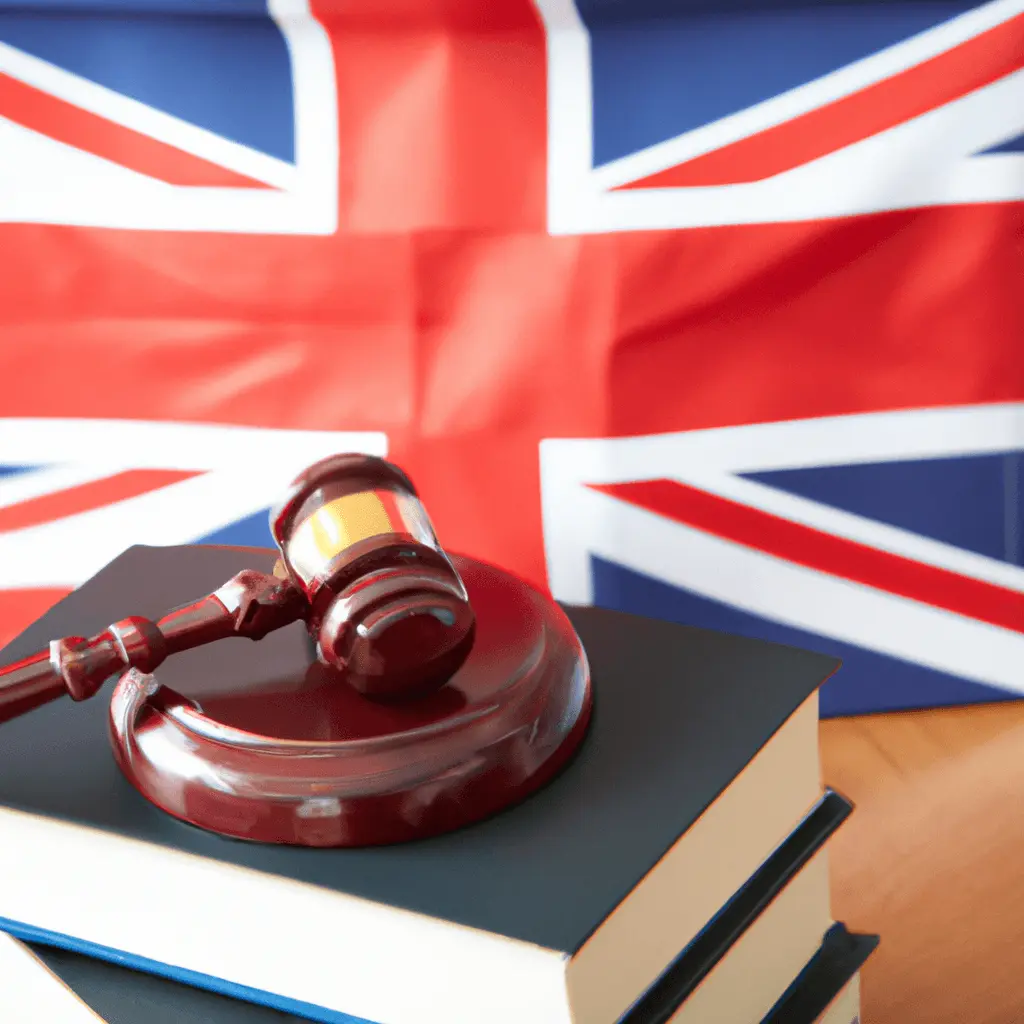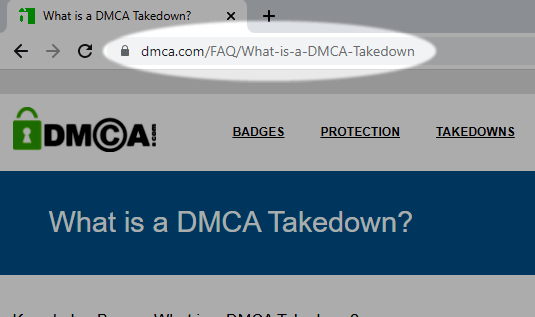
United Kingdom based ISP's have a different (DMCA) Takedown process than those in the USA. ISP's, OSP's, websites and service providers registered within the UK can follow the local EU law when processing takedowns.
DMCA.com is are familiar with the content removal or take down process within the United Kingdom with DMCA Takedowns or Cease and Desist notices. In fact, DMCA.com is familiar with the Takedown process within every country throughout Europe.
As such, the takedown team is qualified to go to work on take the copyright owner's behalf. DMCA.com has conducted takedowns on websites and hosting companies in the United Kingdom, around the world and throughout Europe. Each region or country will have a different copyright takedown process and DMCA.com is familiar with most of them.
In fact, most often the DMCA.com takedown professionals will be familiar with the website and the hosting company. This is important because prior to starting, the takedown team can advise as to whether there are any special considerations involved in conducting the takedown for each particular case.
To get started simply go to: Submit Takedown Request and complete the form.
DMCA.com Fast Tip
Although our name, DMCA.com, is based on a US Copyright Act, we are truly an international company conducting content takedown and removal for our clients spread across the globe.
What is a UK based DMCA Takedown?
When content is removed from a website at the request of the owner of the content.
Note: although the Notice and Takedown is part of Copyright law, a Notice and Takedown does not require the content to be copyrighted in order to process the takedown OR for the request to have the content taken down acted upon by the website owner or ISP.
Click here to process a takedown now: Website Takedown Form
Is DMCA used in the UK or only in the United States?
While the DMCA is part of USA Copyright Law. The DMCA Takedown process described within the law is widely used throughout the world. Most countries accept the standard DMCA Takedown Notice form and process. Although the DMCA Takedown is part of US Copyright law, a DMCA Takedown Notice is often used and accepted throughout the world and not exclusive to the United States. However, many countries have their own copyright laws specifically related to the removal of content from internet service providers and site owners within their borders. Which service providers do and do not accept the standard DMCA takedown notice form and process is dynamic and constantly changing. DMCA.com professionals are aware of these constant changes and are able to convert the information submitted through the standard DMCA Takedown signup form to suit specific countries and/or service providers within the legal process they require.
When is a UK based DMCA Takedown used?
- when copyright infringing content is removed or "taken down" from a website by the website owner upon receipt of a Takedown Notice from, or on behalf of, the content owner, distributor, publisher etc.
- when an infringing website is taken down or "offline" by its ISP or Hosting company. This occurs because the website owner does not voluntarily comply with a Takedown notice as described above.
- when copyright infringing content is removed or "taken down" from a website, by the website owner, upon receipt of a Takedown Notice from their ISP / Hosting company. This notice is generated by, or on behalf of, the illegally published content owner, distributor, publisher etc.
- when copyright infringing content is removed or "taken down" from a website by the ISP or Hosting company of the website that is publishing the infringing content. This occurs because the website owner has not voluntarily complied with a Takedown Notice and the ISP or Hosting company must comply with the Takedown notice.
DMCA.com Testimonial
I recently had portions of my website plagiarized by another company. I contacted the owner of the company and their ISP. I got nowhere. After spending a large amount of time trying to initiate a takedown on my own and not being successful, I found dmca.com. I contracted for them to do the takedown. I was very impressed with their service. Professional and efficient. LeeAnne was very nice and helpful. If I am in need of a takedown in the future, I will not hesitate to use their services. Signed. -Teresa Farrell
What is Needed to File a UK-Based DMCA Takedown or Cease and Desist?
To file a DMCA takedown or cease and desist in the UK, three essential pieces of information are required:
1. Description of Ownership - providing details about the incident

When gathering this information, individuals should consider the following questions: What is the name of the content owner, and how was the content stolen? How does the individual claiming ownership possess the rights to the content? Was it created, purchased, or copyrighted? Who is asserting ownership of the content, and who is authorized to file the DMCA takedown? When was the content created, and when was it stolen?
Example: "A photograph I captured on my personal camera was unlawfully taken from my Google Drive and posted on a website without my consent. I request its removal."

2. Source URL - the location from which the content was stolen
Consider the following questions: Where was the content situated when it was stolen? Was it taken from a social media profile or one's personal website? Provide the precise URL of the location from which it was stolen, even if the content has already been removed. The original URL holds value for the notice. Alternatively, reference the device (e.g., cell phone, computer, camera) from which the content originated. If the content was online, such as on a website or cloud storage, provide the link to the specific page it was stolen from. Uploading the original content to a cloud storage service and providing that URL, along with an explanation of the original source, is also an option.
Example: https://share.icloud.com/photos/my_original_content
3. Infringing URL - the URL to be removed

Consider the following questions: What is the link you want the content removed from>? Where on the internet is the stolen content located? Is it on a social media website? Provide the link from which the content needs to be removed. Ensure to include the URL or website/webpage link of the specific content to be taken down. If the stolen content is an image or video hosted on a website, provide the direct link to that content. For textual infringements, copy and paste the infringing text, or provide the URL of the infringing image.
Example: https://www.badguy_site.com/webpage/image_2
The DMCA.com Professional Takedown Team is available to assist with any inquiries. To learn more, click here to contact us.
Who can file UK based DMCA Takedowns?
- code writers and publishers
- content publishers or distributors (with permission of the content or copyright owners)
- social media users and participants
- content creators/owners
- copyright owners
- NFT owners
- subject contained within the content and published without permission (special considerations may be required)
Questions? By all means ask! Click here to Ask a question.
Safeguarding Intellectual Property: Understanding UK-Based Copyright Takedowns and Cease and Desist Processes
he United Kingdom has established comprehensive measures to safeguard copyrighted works, including a robust copyright takedown and cease and desist process.
The Threat of Legal Action: Upholding Intellectual Property Rights
When unauthorized use or distribution of copyrighted material is discovered, copyright owners have the right to pursue legal action to protect their intellectual property. The process of copyright takedowns in the UK serves as a means to assert these rights effectively. If the recipient fails to comply with the necessary actions, they may face the prospect of legal consequences.
A cease and desist letter is a formal communication sent by the copyright owner to the recipient involved in copyright infringement. It serves as a warning, demanding the immediate cessation of infringing activities. The letter underscores the potential legal ramifications that may result from non-compliance.
Potential Legal Proceedings: Protecting Intellectual Property Rights
If the recipient fails to comply with the cease and desist letter or persists in engaging in illegal activities, the copyright owner may opt to initiate legal proceedings. This could involve filing a lawsuit, seeking injunctive relief, or pursuing damages for the infringement. The decision to escalate the matter to the court system hinges on factors such as the severity of the infringement and the financial losses suffered by the copyright owner.
Related DMCA Takedown FAQ's
- Will a DMCA Takedown Work in Other Countries
- How can I Remove Defamation Online
- What are Who is Authorized to Send a DMCA Takedown Notice
- What is a DMCA Takedown
- What is DMCA.com